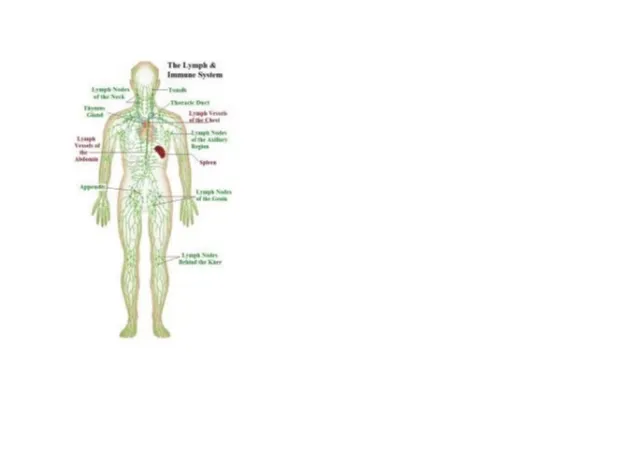What is Stretch to Win® Fascial Stretch Therapy and who can benefit from it?
- FST is a new method of fast, effective & long lasting manual therapy
- It is a one-of-a-kind assisted mobility, stretching & flexibility method
- For anyone in need of finding a true expert in mobility, flexibility and stretching to change their body for the better in as little as 1-3 sessions
For anyone seeking restored muscle function and range of motion; also for those suffering from pain, mobility issues, stress, PTSD, or depression.
Science of Fascial Stretch Therapy
 In 1995 at Arizona State University, Ann Frederick did a videographic research analysis with a PhD mentor in exercise science. She wanted to study the effects of manual, assisted stretching with subjects on a massage table. One of their legs was gently restrained to prevent movement, so that she could use the straight leg raise test to measure outcomes due to stretching the hamstrings.
In 1995 at Arizona State University, Ann Frederick did a videographic research analysis with a PhD mentor in exercise science. She wanted to study the effects of manual, assisted stretching with subjects on a massage table. One of their legs was gently restrained to prevent movement, so that she could use the straight leg raise test to measure outcomes due to stretching the hamstrings.Range of motion in the straight leg raise measurement increased from a low of 37% to a high of 52% (mean average 45%) with subjects in her PNF modified stretch group compared to controls who had no intervention. FST got its start with an attempt to scientifically see if it made any sense or had any credibility. It obviously got off to a good start.
Fascia and Neuroscience
At the First Fascia Research Congress that we attended at Harvard Medical School in 2007, it was heard that for hundreds of years up until today, fascia was discarded as an annoying wrapping and binding substance that got in the way of anatomy dissectors. To be clear – ‘fascia’ was the generic term used by the organizers of that congress to represent all connective tissue (from tissue to cell) that is not bone or blood.
 For medical and other students and gross anatomists, fascia was thrown into buckets and bags, so “important structures that mattered” like organs, muscles, bones and such may be identified and studied. The ‘white stuff’ of fascia prevented what they wanted to visualize and palpate, so therefore, had to leave. Today, the world of fascia research has turned our perceptions of body form and function, structure and physiology upside down. Fascia has become the new darling of science such that novel discoveries are surfacing at a rapid pace, paralleling the same kind of exploding growth now seen in neuroscience and brain research.
For medical and other students and gross anatomists, fascia was thrown into buckets and bags, so “important structures that mattered” like organs, muscles, bones and such may be identified and studied. The ‘white stuff’ of fascia prevented what they wanted to visualize and palpate, so therefore, had to leave. Today, the world of fascia research has turned our perceptions of body form and function, structure and physiology upside down. Fascia has become the new darling of science such that novel discoveries are surfacing at a rapid pace, paralleling the same kind of exploding growth now seen in neuroscience and brain research.For example, it has been shown that only 20% of our proprioceptors are in the form of myelinated nerve endings found in muscle and joints. The other 80% is found in free nerve endings, some known as ‘interstitial muscle receptors’, found in the fascia of muscles and in multiple layers of all connective tissue. 90% of those free nerve endings follow a different pathway than muscle and joint proprioceptors and end up in the insula cortex, not the sensorimotor cortex where the 20% connect. This has huge implications for manual therapy and movement re-education.
FST: Art of manual therapy and movement merged with science
Science shows that the NeuroMyoFascial system must be incorporated for optimal results in pain management, rehabilitation and functional training. Stretch to Win® - Fascial Stretch Therapy has been doing this since 1995 and has since evolved into a complete system that is successfully being used in medical, fitness and sports facilities all over the world.
Operating Hours
- MondayBy appointment only
- TuesdayBy appointment only
- WednesdayBy appointment only
- ThursdayBy appointment only
- FridayBy appointment only
- SaturdayClosed
- SundayClosed















































































































































































Go on, be a good friend and share MassageBook with them. They'll love you for it.